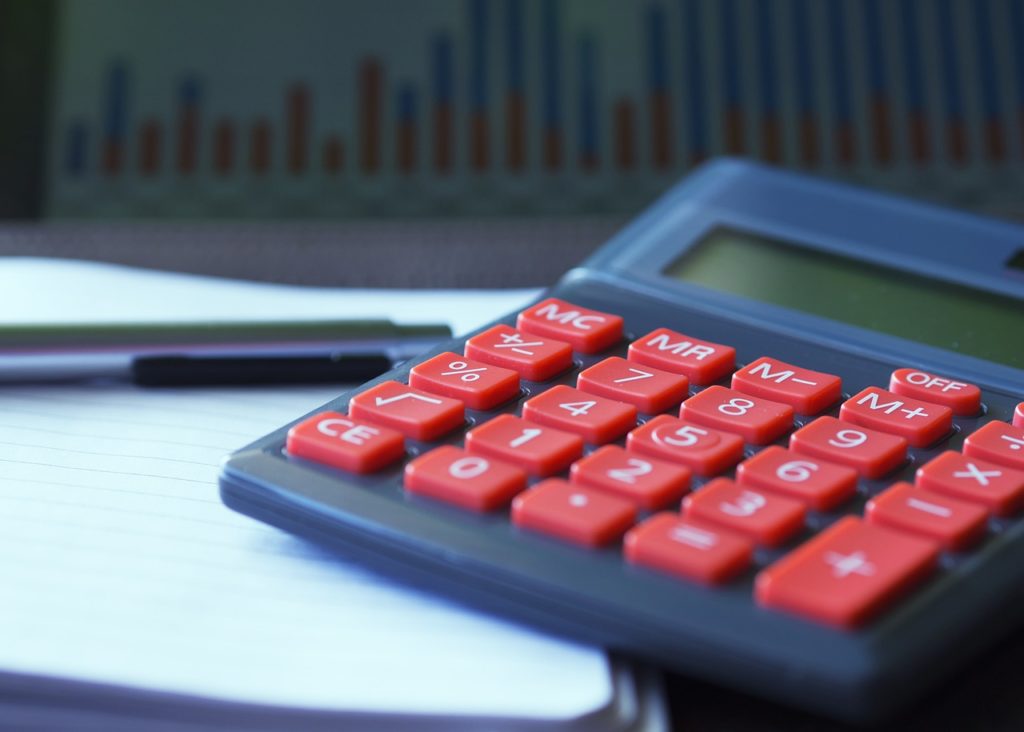Depreciation is a financial concept for businesses that can be used in both bookkeeping and tax. For bookkeeping, it can accurately reflect the wear and tear of fixed assets over time on your financial reports. This is known as book depreciation. For tax, it can help lower the amount you owe in taxes. This is called tax depreciation. In this post, we will explain the purpose of depreciation for your small business and how you can incorporate it into your bookkeeping process.
Asset Valuation
Depreciation is the process of recognizing the gradual decline in an asset’s value over its useful life. This reduction in value can be caused by physical deterioration, or obsolescence. For example, if you bought a new vehicle for your business, as you drive the vehicle it will lose its value over time since it is being used up. The useful life of an asset, such as the new vehicle, can be estimated based on how long the asset will be of benefit for your business.
Assets that are depreciated are long-term tangible assets that expect to be used for more than a year. The only exception is the purchase of land since it does not lose value over time. As you depreciate assets over time on your books, the accumulated depreciation is deducted from the original cost of the asset on the Balance Sheet to arrive at the net book value. This allows for the value of the asset on the Balance Sheet to be accurate.
Matching Principle
When an asset is depreciated, the cost of that asset is spread out over the course of its useful life as depreciation expense. This practice follows the matching principle, which ensures that the expense of the asset is aligned with the revenue it helps generate within the same period. Spreading the cost of an asset over its useful life prevents your Income Statement from showing a large expense in one year, which could misrepresent your business’s profitability.
Taxes
Depreciation can also be used to lower the amount you owe in taxes. However, tax preparers typically don’t use book depreciation numbers for tax purposes. Instead, they calculate depreciation according to the rules established by tax law (such as MACRS) and reconcile the differences with book depreciation in a book-to-tax reconciliation. For example, if a company uses straight-line depreciation for book purposes but the tax preparer uses MACRS, the tax preparer will create a depreciation schedule to reflect the accelerated depreciation allowed under MACRS.
Calculating Depreciation for Small Businesses
The most common method of calculating book depreciation among small businesses is the straight-line method of depreciation. The formula for straight-line method of depreciation is: (Cost of Asset – Salvage Value) / Useful Life. Salvage value is the estimated amount that the asset is worth at the end of its useful life. The amount that you get after using this formula would be the depreciation expense of the asset.
If your business uses cash basis accounting and only buys fixed assets occasionally, you may be able to expense the full cost when purchased, especially for smaller assets. However, if your business buys a lot of fixed assets, it’s usually better to depreciate them over time for more accurate financial reporting.


